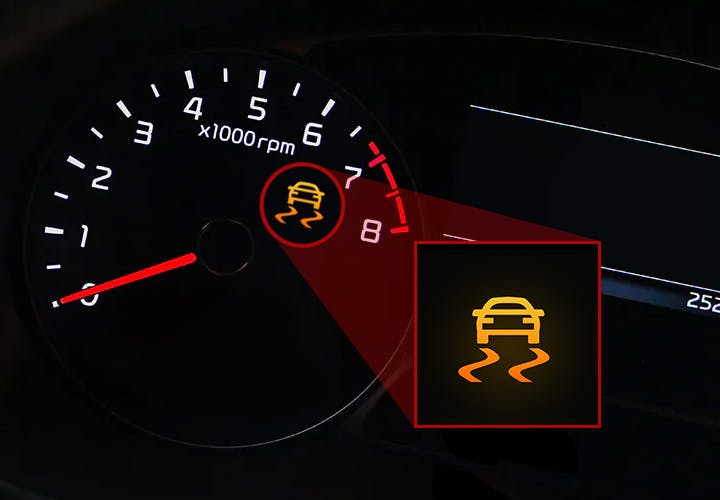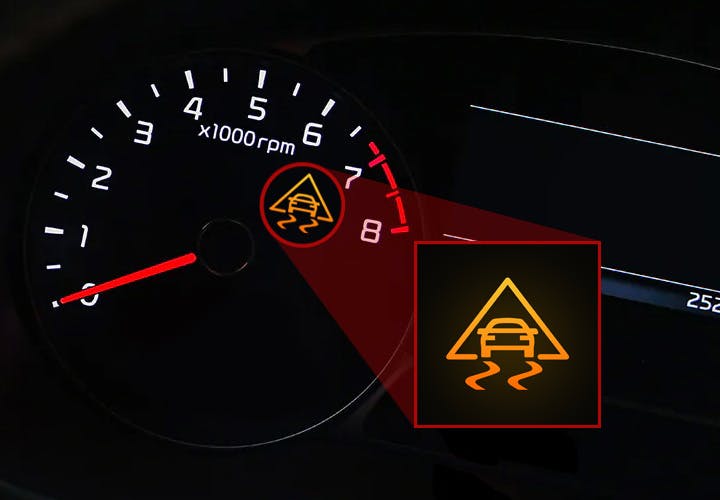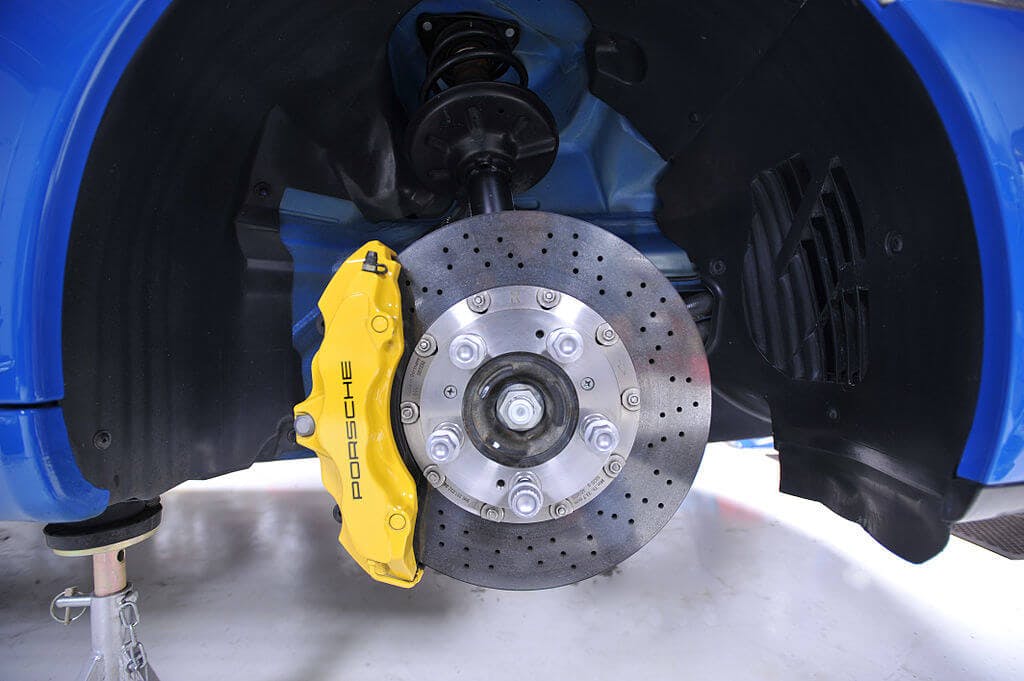Multi-collision brake: How does this system work?

Multi-Collision Brake is a system that prevents or mitigates a subsequent impact after the vehicle has crashed and is still moving.
Even if the multi-collision brake prevents further collisions or impacts only after the vehicle crashes, it is classified as an element of active safety.
Indholdsfortegnelse
How does the multi-collision brake work?
The function of the multi-collision brake is straightforward. Suppose the vehicle is equipped with this system, and an accident occurs in which the driver's or passenger's airbag is activated.
In that case, the electronic control unit will receive an instruction based on which the vehicle will automatically brake, without the driver having to press the brake pedal.

ESC system: How does the electronic stability control system work?
The vehicle, therefore, automatically decelerates at a speed of 6 m/s² to a speed of 10 km/h to prevent a secondary impact or mitigate its consequences. Automatic deceleration occurs with other driving systems (ESP, TC, ABS, ASR, and others), which help keep the vehicle stable and prevent it from drifting out of the lane.
The advantage of the multi-collision brake is that the driver can regain control of the vehicle anytime by pressing the gas pedal or braking.
What is the safety benefit of a multi-collision brake?
It is estimated that almost every fourth accident involves multiple collisions. This means that after the first impact, the vehicle collides with other obstacles, pedestrians, or veers in the opposite direction, colliding with oncoming cars.
Crashes after the first impact tend to be much worse than the initial impact, because seat belts, airbags, and other passive safety elements are likely to no longer work in subsequent crashes. All the safety features were used during the first collision and thus can no longer provide any additional benefits in the case of a secondary collision.
In addition, however, the vehicle body can also be significantly damaged, which thus has a lower ability to absorb energy from further collisions. The multi-collision brake tries to prevent precisely such situations.
It is estimated that if all vehicles were equipped with multi-collision braking, approximately 8% of fatal accidents and 4% of serious injuries could be prevented yearly.
Signaling of an active multi-collision brake
If the multi-collision brake is activated, the warning lights flash continuously until the car slows to 10 km/h. At that moment, the warning lights come on.

ESP Warning Light: What does it mean, and why is it lit?
While the multi-collision brake is active, the ESP warning light or ASR warning light lights up on the car's dashboard.
What are the limitations of multi-collision braking?
If the brake system is seriously damaged in the initial impact, the multi-collision brake will not work because safe braking cannot be guaranteed.

Car Braking System: How does it work?
If there is only minor damage to the braking system, for example, damage to only one circuit of the dual-circuit braking system, the multi-collision brake is still able to provide safe braking, and the system is active. The system cannot achieve full braking of 6m/s² in this case.